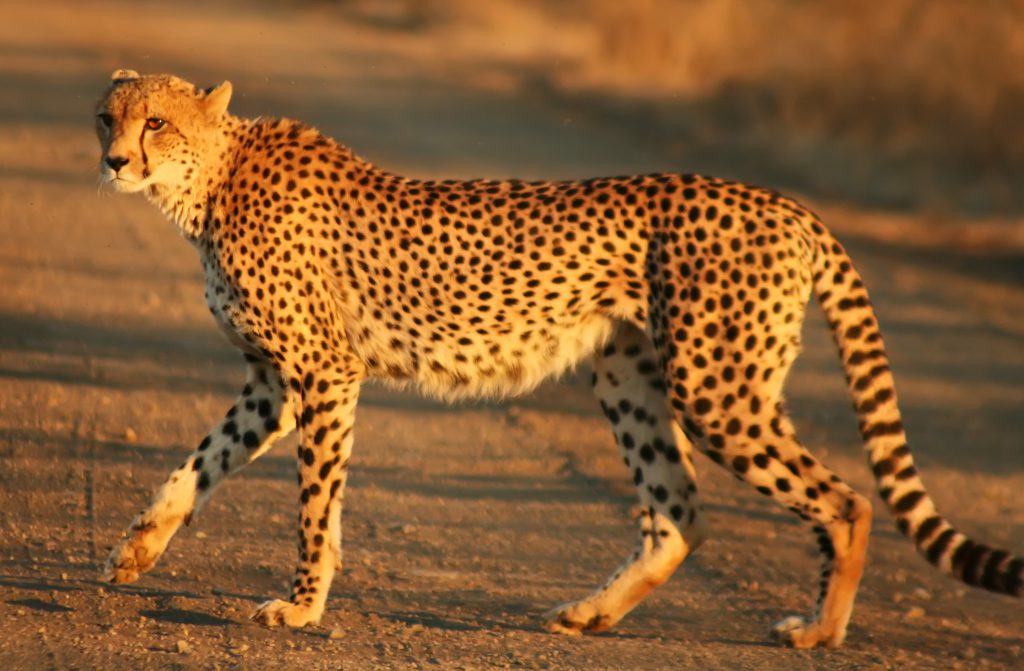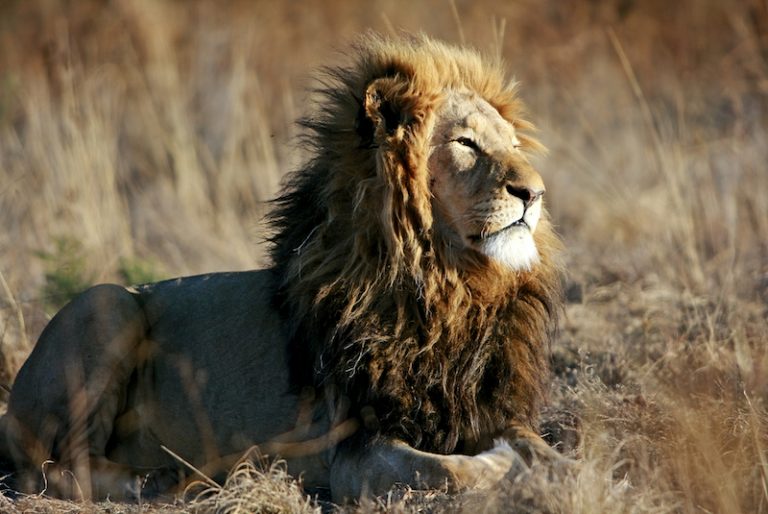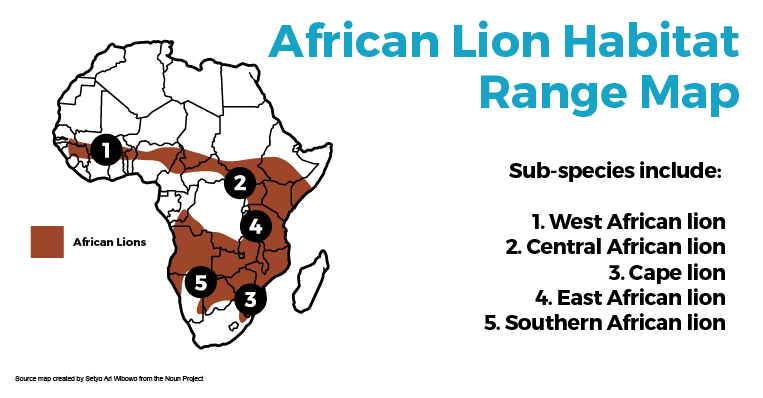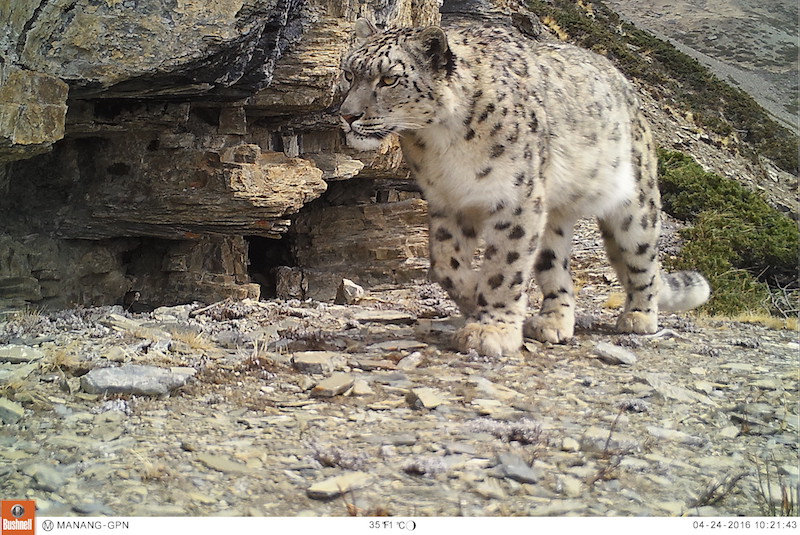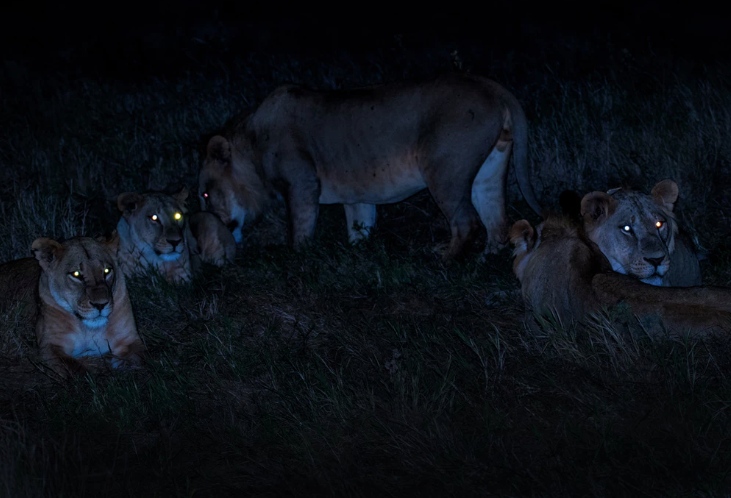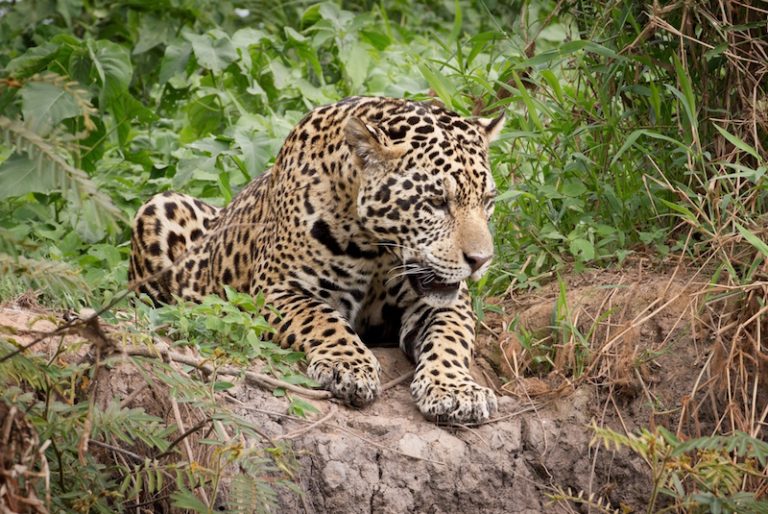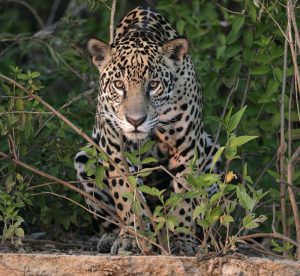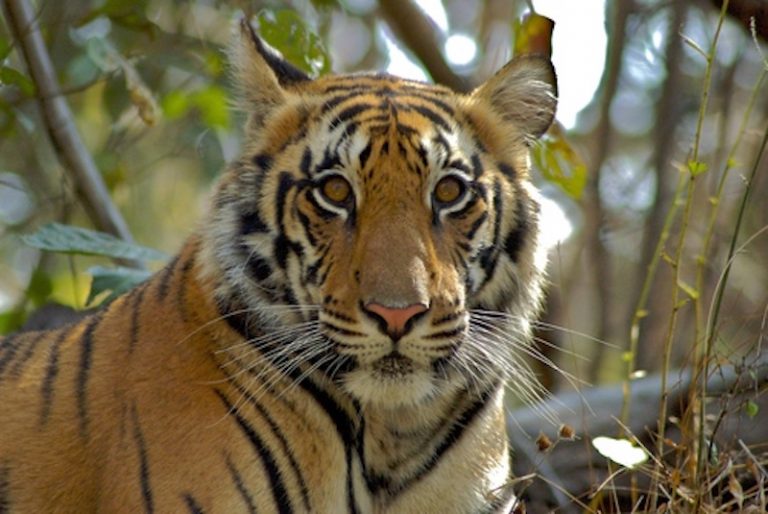CHEETAH FACTS
The Cheetah is the fastest land animal and can reach speeds of up to 112 km/hour during sprints. They have a body shape built for speed – cheetahs have slender bodies with deep chests, small heads, long thin legs and a long tail. This cat stalks its prey within a distance of 100-300 metres and then makes a fast charge at it, tripping the prey and suffocating the prey with its bite.
More About Cheetahs:
There are currently around 7,000 cheetahs left in the wild, making them a vulnerable species. Cheetahs have a high mortality rate with nearly 77% of litters dying before 8 weeks of birth. 83% of surviving cubs do not reach adolescence. The cheetah has a low fertility rate as well, adding to the decline of populations.
Cheetah Facts & Tidbits
- Cheetahs are carnivorous and prey mainly on antelope and gazelle and medium size animals.
- The average litter size of a cheetah is 2-5 cubs, and a mortality rate that is higher than most large mammals.
- The coat of a cheetah has over 2000 black spots.
- As highly social animals, cheetahs have not displayed hostility towards humans. Also, in ancient Egyptian art, the cheetah is often depicted as a pet animal for royalty.
- Adult male cheetahs will form coalitions with other males, meanwhile, females will tend to be more solitary. A coalition will claim a territory varying in size from 33-42 square kilometres in the Serengeti.
Distribution
Cheetahs can be found in eastern and southern Africa, as well as Iran; and in Africa, they will often be found in dry forests, savannahs, and scrub forests.
Status
IUCN Status is “Vulnerable” with populations rapidly declining, leading to expectations of entering endangered status.

